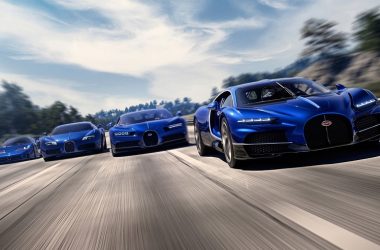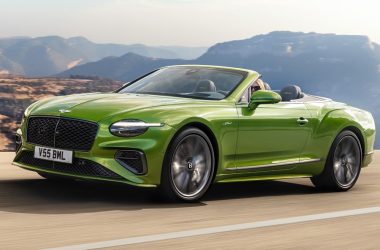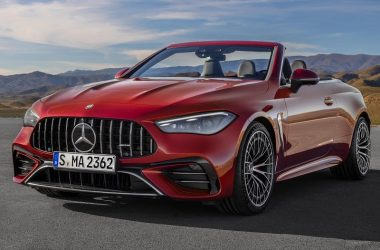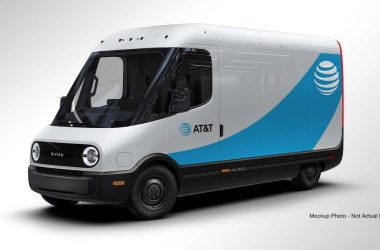In January of 1964, an unassuming contender, the classic Mini, made motorsport history by clinching a sensational victory at the Monte Carlo Rally. This year, we celebrate the 60th anniversary of this David versus Goliath tale, where the Mini, under the skilled guidance of Paddy Hopkirk, not only won but went on to repeat its success in 1965 and 1967 with Timo Mäkinen and Rauno Aaltonen at the helm.
From Munich to Monte Carlo, enthusiasts and experts alike recall this as a pivotal moment in motorsport. The Mini Cooper S, driven by Irishman Patrick “Paddy” Hopkirk, challenged and overturned the established norms. Stefanie Wurst, Head of Mini, encapsulates it perfectly: “Paddy Hopkirk’s victory… turned the Mini from a charming city car into a motorsport legend.”
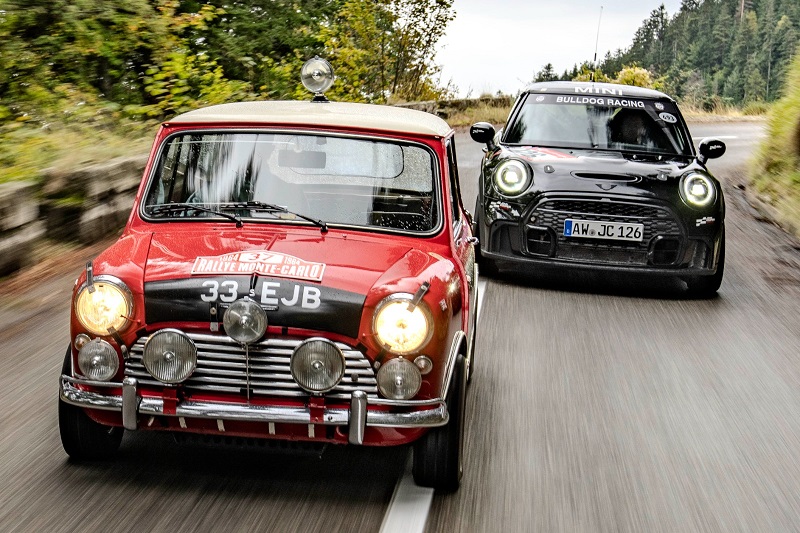
The classic Mini, conceived in the late 1950s by Alec Issigonis for the British Motor Corporation, revolutionized small car design with its transverse engine and front-wheel drive. It was John Cooper, a renowned figure in racing, who saw its potential as a rally car. The result was the Mini Cooper, a spunky vehicle with a modest 55 horsepower that upended the racing world.
Its rally career was bolstered by the signing of talents like Timo Mäkinen and Rauno Aaltonen, adding to its already impressive team. Under the strategic vision of BMC sports director Stuart Turner, the Mini began a trajectory of success, marked by innovative logistics and vehicle modifications.
The Mini’s win in 1964 at Monte Carlo was not just a victory but an assertion of skill and strategy, defying the odds against more powerful competitors. This win, and the subsequent ones, catapulted the Mini into legendary status, earning it the nickname “the underdog” of the racing world.
Despite a controversial disqualification in 1966, the Mini’s legend only grew, with Aaltonen securing another win in 1967. However, by 1970, financial difficulties within the Leyland Group signaled the end of this chapter in motorsport history.
The legacy of these early triumphs continued to shape Mini’s identity. The fundamental design principles of the classic Mini found their way into the new Mini models of the 21st century. The brand’s evolution included new variants like the Mini Clubman and the Mini Countryman, all while retaining its signature driving experience.
Mini’s racing spirit was reignited with its foray into the Dakar Rally, proving its enduring prowess in motorsport. The brand continued to innovate, blending performance with modern technology, as seen in the electrification of the Mini John Cooper Works models.
Today, private motorsport teams like Bulldog Racing carry on this tradition, embodying the enduring spirit and passion of the classic Mini in contemporary racing challenges.
As Mini transitions to a fully electric brand, it continues to redefine automotive excellence, proving that even the smallest can make the biggest impact. This story of resilience, innovation, and underdog triumph remains an inspiration, illustrating how the Mini, a tiny car, became a massive legend in the world of motorsports.
